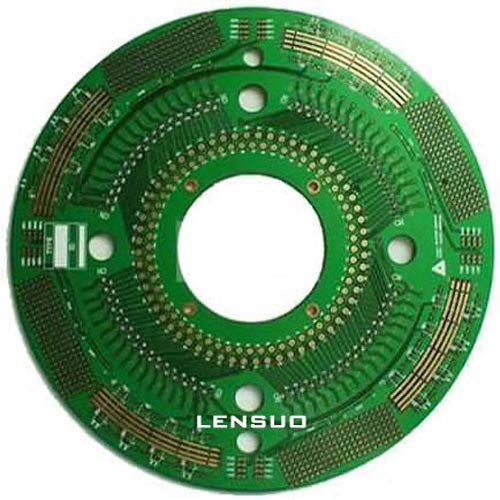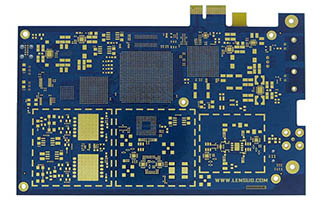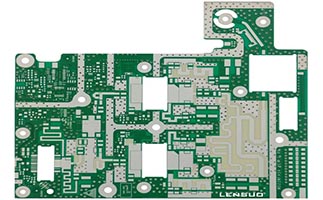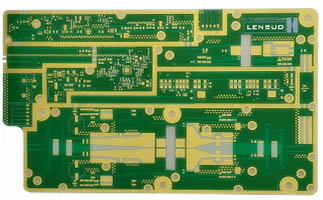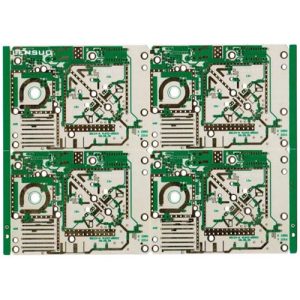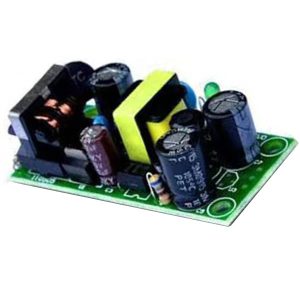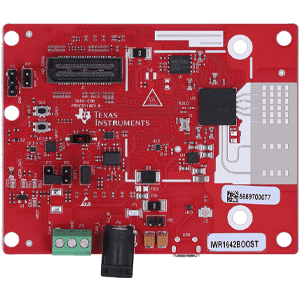Description
High TG refers to high heat resistance. With the rapid development of the electronics industry, especially the computer as a representative of electronic products, the high functionality, high multilayer development, the need for PCB substrate materials, and higher heat resistance an important guarantees. SMT, and CMT a representative of the emergence and development of high-density mounting technology, so that the PCB in the small aperture, fine line, thin, is more and more inseparable from the substrate of high heat resistance support.
High TG PCB refers to when the temperature rises to a certain value, the substrate will be “glassy” into “rubbery”, the temperature at this time is called the glass transition temperature of the PCB (Tg). In other words, the TG value is the maximum temperature at which the substrate remains rigid (℃). Ordinary TG PCB at high temperatures, will produce softening, deformation, melting, and other phenomena, at the same time, its mechanical and electrical properties will be a sharp decline.
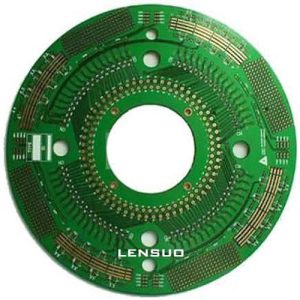
General TG plate for more than 130 degrees, medium TG about more than 150 degrees, and high TG is generally more than 170 degrees. Usually, TG ≥ 170 ℃ PCB, is called high TG PCB. Substrate TG improved, PCB heat resistance, moisture resistance, chemical resistance, stability, and other characteristics will be improved and improved. PCB TG value is higher, PCB electronic devices, heat resistance, chemical resistance, and mechanical stability of the PCB the better, especially in the lead-free process, the use of high TG PCB is higher.
General TG PCB and high TG PCB difference is manifested: in the thermal state, especially in the moisture absorption after heat, the material’s mechanical strength, dimensional stability, adhesion, water absorption, thermal decomposition, thermal expansion, and other circumstances there are differences in the high TG PCB is better than ordinary PCB substrate materials.
High TG PCB reliability is specifically expressed:
(1) high heat resistance: reduces the warping due to temperature, can reduce the PCB in the thermal welding and thermal shock when the pad warping;
(2) A low coefficient of thermal expansion (low CTE), reduces the thermal expansion caused by the hole corner copper fracture, especially in the eight and more than eight layers of PCB boards, plating through-hole reliability than ordinary Tg PCB boards is better;
(3) Excellent chemical resistance, in the wet process of much chemical water immersion, its performance is still better.
High TG PCB production process matters needing attention:
(1) opening the baking board, the temperature should not be too high, lower than the TG value of the temperature 10 ℃ is better. For example, open baking board, the temperature should not be too high, below the TG value temperature of 10 ℃ is better. The purpose is to release the residual internal stress in the board, de-water it, and promote further curing of the resin in the board. 2.
(2) baking plate after browning, browned plate after wet process of soaking water, the plate absorbs a certain amount of water, if the water remains in the plate, it will affect the quality of the pressure plate, affecting the TG value of the plate, so browning must be baked after the plate (120 ℃ / 1 hour).
(3) Pressure plate PP (prepreg) in the storage period absorbed a certain amount of water, these water residues in the polymer molecular chain are extremely difficult to discharge under hot pressure, if not dehumidification is very easy to press the plate bursts, delamination and other defects of bad pressure plate, will also affect the size of the TG value, in the pressure must be dehumidified.
(4) Before the TG test, the sample should be baked at 105℃ for 2 hours to remove water. The reason is that in the sheet in the hot press, the crosslinking reaction between the polymers can not be completely carried out, there are polar groups in the board, and these groups are easy to absorb water, water absorption can not truly reflect the TG value of the sheet.
Testing the TG value of the board can be used DSC (Differential Scanning Calorimeter Mechanical Analysis), TMA (Thermal Mechanical Analysis), and DMA (Dynamic Mechanical Analysis).
Application areas for high TG PCBs include Internet communication industry, RFID, inverters, antenna boards, wireless boosters, contract manufacturing services, low-cost PLCs, embedded system development, embedded computer systems, AC power supplies, etc. They are used in the electronics industry where they can operate at higher temperatures.

